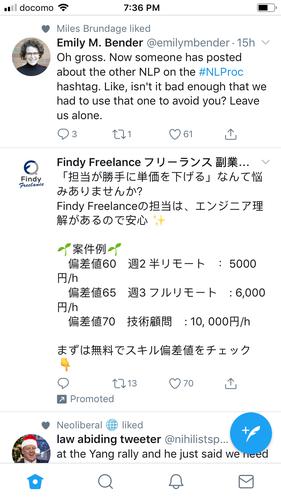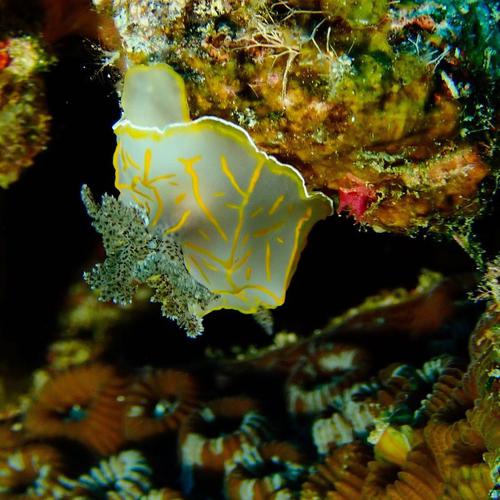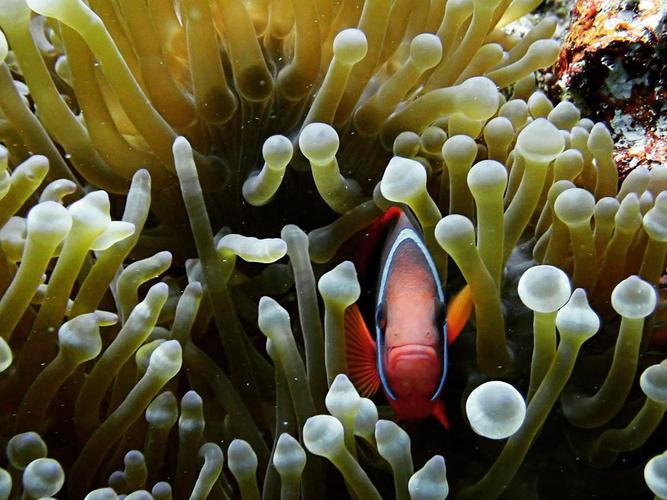
I'm Alex Kearney, I'm Science at the University of Alberta. I focus on Artificial Intelligence and Epistemology.

I'm Alex Kearney, I'm Science at the University of Alberta. I focus on Artificial Intelligence and Epistemology.
Today we went to tokyo SkyTree. Surprisingly, it was quite nice and relatively relaxed. There were few people despite the today being the start of Golden Week. The air was filled with smog, so we couldn't see too far, but the weather was decent, so we got a reasonable view of the city.
We had lunch at a little shop on the 340th floor of the tower.
Under the tower is a massive shopping complex. Some of the more experimental brands were hilarious. I found a sweatsher with a frame from Harry Potter on it: Ronald Weasley on a couch, pouting. It looked like one of those fruit of the loom sweatshirts people used to get photos printed on in the 90s.'
On my way to Kyoto via Hello Kitty Train!
Naha Airport → Kansai International Airport → Kyōto Station
One of the most frustrating aspects of traveling with friends who are men is having your change, or your tickets, or even your passport handed off to the man. Doesn’t matter if you are booked and paying separately, the dude gets your stuff.

Unexpected upside to traveling in a country who’s language you don’t understand: all location-based ads are effectively blocked by being uninterpretable.
It’s like Lorem Ipsum.

I found this little friend yesterday! A cute little Nudibranch. I love how varied the colours and shapes and sizes of sea-slugs are! They’re so delicate and beautiful. I could sit and watch these guys inch along all day 🐛
I’m really fortunate my trip aligned with the right season to see them. They only come out when the water is cooler; when it warms up, they head inside the coral to avoid the heat.
I couldn't book in for diving today, so it was a bit of a write-off. I didn't have much energy, so I just milled about around town. I found a nice urban market to have breakfast and meandered the side-streets.
I milled around the city center, dithering about which onsen to go to. Travelling around Okinawa is challenging without a vehicle. I found a little crafts store and spent some time taking in weaving and ceramics. Not sure about what to do, I dithered too long. I ran from the station to my bus stop, just missing the bust to the spa. I guess the place the Thai kids recommended will have to wait until another trip. I slowly made my way back to the hotel.
Today, I was one of many people picked up to go diving. When I hopped on the van, there was already a lady from Ohio. We chatted it up, and I found out she did software training with doctors. Neat. Next, we picked picked up a couple who spoke french on the way over. After seeing my shirt, they asked me if I was from Alberta. I was shocked to find someone on a dive boat in Japan that recognized Amii: the machine intelligence institute I belong to.
I climbed up to the top deck and chatted with them most of the way to the islands. Serendipity: they were both Canadian diplomats serving in South Korea. The both wanted to know more about AI. Evidently, their work touches on it: Korean investors are keen on Canadian, (and Albertan) AI research. I gave a boat-ride explanation on the differences between different machine learning methods, and how Reinforcement Learning---my favourite branch of AI---differs from many of the more common approaches to machine learning.
Today we did three lively dives: among the spottings were angelfish, clownfish, and sea-snakes. I had never seen clownfish before: one of the sea-creatures on my bucketfish. They were almost whisp-like; sentinels hovering over their anemone, keeping watch.
On our last dive, we went to a location with an abundance of sea turtles. It's always relaxing to watch these graceful creature slip through the currents; however, this dive was shockingly distressing. The dive-sites were heaving with other dive boats, with visitors kitted up to the gills. Almost every person on the other boats had top-of the line cameras with all the external flash-bulbs and lights. Thick gloves; thick booties.
As soon as our group made our descent, we found another group that was laying down on the coral reef. One of the divers was anchored onto living coral to get a shot of a turtle, completely oblivious that he was killing a vital member of his model's ecosystem. Satisfied with their shot, they kicked off the coral, breaking off six inches of stag-horn coral. For all the money poured into their gear, they didn't have even an ounce of buoyancy control.
There were so many disrespectful, dangerous divers. Crowding the marine life, grabbing the coral through the protection of thick, cumbersome gloves. Oblivious to their fins bashing into broad coral fans. If tourists keep treating the reef this way, it wont exist for much longer; ruined for everyone. Most of all, the turtles.

It’s my first day diving in Okinawa! Plenty of fish hiding away in sea anemone 🐟 This is my first time diving in Asia, and I’m really enjoying taking in all the surprising differences to what we see in the Americas.